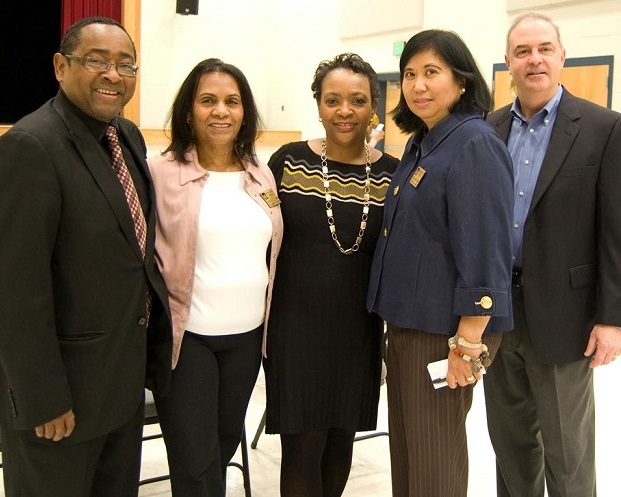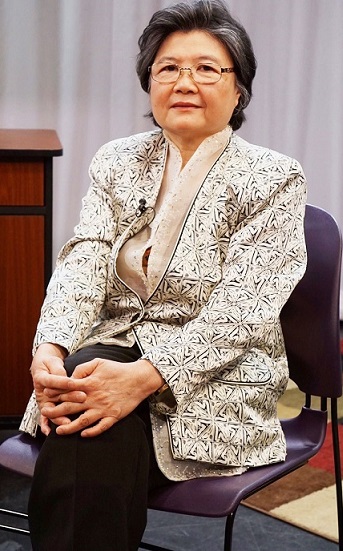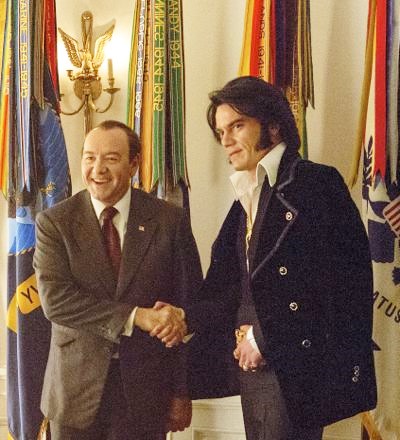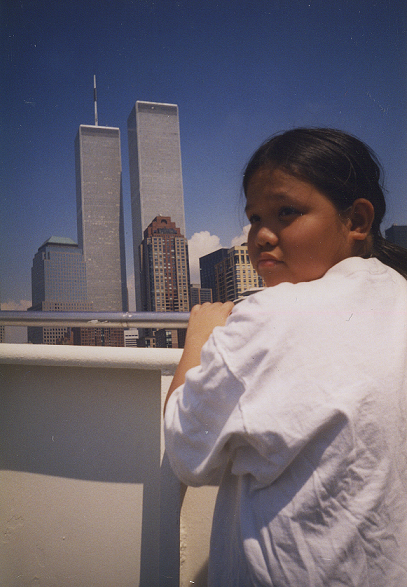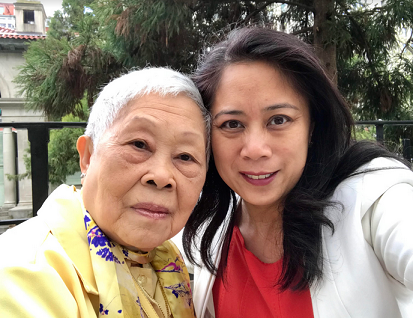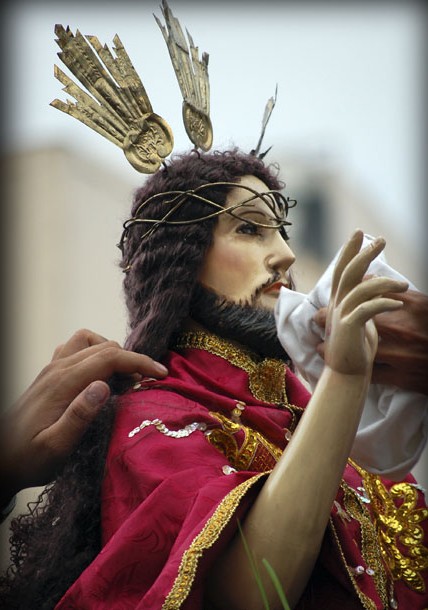Remembering the Black Nazarene and the Filipino way of giving thanks
By Ludy A. Ongkeko, Ph.D.
Standing out on its own in the Philippines’ metropolitan center is the Quiapo Church, home of the Black Nazarene.
Every Friday is Quiapo Day when multitudes troop to the church where hourly masses are held to honor the much-venerated Black Nazarene. Filipinos all over their island nation honor the Black Nazarene regardless of their religious perceptions and preferences.
The annual feast of the Black Nazarene falls on January 9, but devotees don’t wait for the date; numbers troop to the church, considered one of the most popular churches in the country.
With Thanksgiving Day just around the bend, some Filipino Americans remember Quiapo Church and the Black Nazarene spurred by a sense of shared nostalgia.
Melita Manahan-Reyes, a resident of Glendale, Calif., and eldest daughter of the late Joaquin Manahan, M.D., has deep and abiding recollections of the Black Nazarene and the Quiapo Church. She vividly remembers how her father lived his faith, a very devout Catholic who attended daily mass even when he took up residence in the State of Indiana.
“Despite inclement weather prevailing, my father joined the procession of the Black Nazarene as scheduled. He got very sick that day. I can still remember how doctors and nurses came to our house, checking on him, visiting him until he recovered. I recall seeing dextrose bottles and hot water bags,” Melita states.
Doctor Manahan’s illness did not prevent him from keeping his religious schedule and devotion to the Black Nazarene. His daughter says, he “remained faithful to his practice without pushing his children to join him.”
Emmanuel Fernandez, Ph.D. of San Francisco is a devotee of the Black Nazarene. Monsignor Vicente S. Fernandez, his grandfather’s brother, was a “longtime Cura Paro of the Quiapo Church.”
To this date, long after his graduation from the Ateneo de Manila University, Emmanuel continues to practice his devotion to the Black Nazarene. “One has to believe in his faith,” he says.
An art educator, a product of the University of the Philippines’ College of Fine Arts, Cota Deles-Yabut, comments on the Black Nazarene: “The only close contact I had with the statue of Our Lord, was when I visited the church in Quiapo, not during the frenzied procession observed each year. I would wonder why people wait for that one day of the year to do their panata…When the Black Nazarene is inside the church all the time, for them to venerate and meditate in silence.”
Angel Y. Dayan, Enrolled Accountant, CPA, whose offices are in Irvine, Calif., gave free rein to his beliefs. “After I found the true faith in Christ, God opened my eyes to the ‘Quiapo’ devotion albeit I have never really considered myself a devotee, but somehow was a practitioner because I would go to the church after my evening classes on the way home, while studying to be a certified public accountant at the University of Santo Tomas. Whatever I say would be useless unless I could back it up with scriptures. The first commandment in Exodus 20:4-5 with God speaking, has this to tell us: You shall not make for yourself an idol, or any likeness of what is in heaven above, or on the earth beneath, or in the water under the earth. You shall not worship them or serve them; for I, the Lord your God, am a jealous God visiting the iniquity of the fathers on the children, on the third and the fourth generations of those who hate me. King David wrote about God in Psalm 40:6 we will find, God does not need what Filipino people do for the Nazarene. Sacrifice and meal offering You have not desired… Burnt offering and sin offering You had not required.”
Ben Oteyza, M.D., of Maryland goes back to his early Far Eastern University high school years in Manila when he would stop by the Quiapo Church after classes in the afternoon. He goes on to say: “A classmate, who was not even Catholic, would accompany me.”
Since Thanksgiving is on us, Doctor Oteyza declares: “We must always remember to pray in thanksgiving for all the blessings and gifts we receive from the Lord. Considering what I have attained in life, I have been blessed.”
Yes, the devotion and the ‘why’ emanating from people from all walks of life in the old country continue with those who draw much faith in the Black Nazarene. I did. The Quiapo Church provided a setting for reporters like me who, when they’d be headed home in the quiet of the night or early morning, sought comfort within the walls of the church per se.
Close kin and I were of the opinion that those who returned to the Black Nazarene and Quiapo Church did, not only out of intercession, but of thanksgiving.
Indeed, renewals of faith abound in spite of the yawning distance from our motherland. I like to think that the continued devotion to the Black Nazarene even by those who live abroad is the Philippine way of Thanksgiving, a unique manner of not confining thanks and giving on but one day, but one of year-round visits that do not come with any particular agenda whatsoever.
Going to Quiapo Church when I did as a reporter for a daily newspaper was not mechanical; it was my singular way of expressing my faith. When I’d look around me, I saw churchgoers’ piety shown in myriad ways: flowers, touching the statue; devotees on their knees, navigating their way from the principal entrance to the altar. Although I never participated in the January 9 celebration(s), I would be moved by the scenes covered by television and other media. Today, after decades of living on these shores, our adopted land, I cannot help saying that what those devotion attendees participated in, wittingly and unwittingly, enhanced the traditional Philippine expression of faith. May it flourish!

A segment of the huge crowd that turns out every January 9 to venerate the Nazarene. Photo: Quiapo Church website
Ludy Astraquillo Ongkeko, Ph.D. is a product of two educational systems: the University of the Philippines (public) where she earned her bachelor degrees (science and arts) as a college scholar and the University of Southern California’s Graduate School (private). Her professional career in journalism started at the Manila Bulletin in her native Philippines. “Forty Years of Writing in America” published in 2009 is a compendium of her life in the U.S. as a writer, teacher and mentor.



